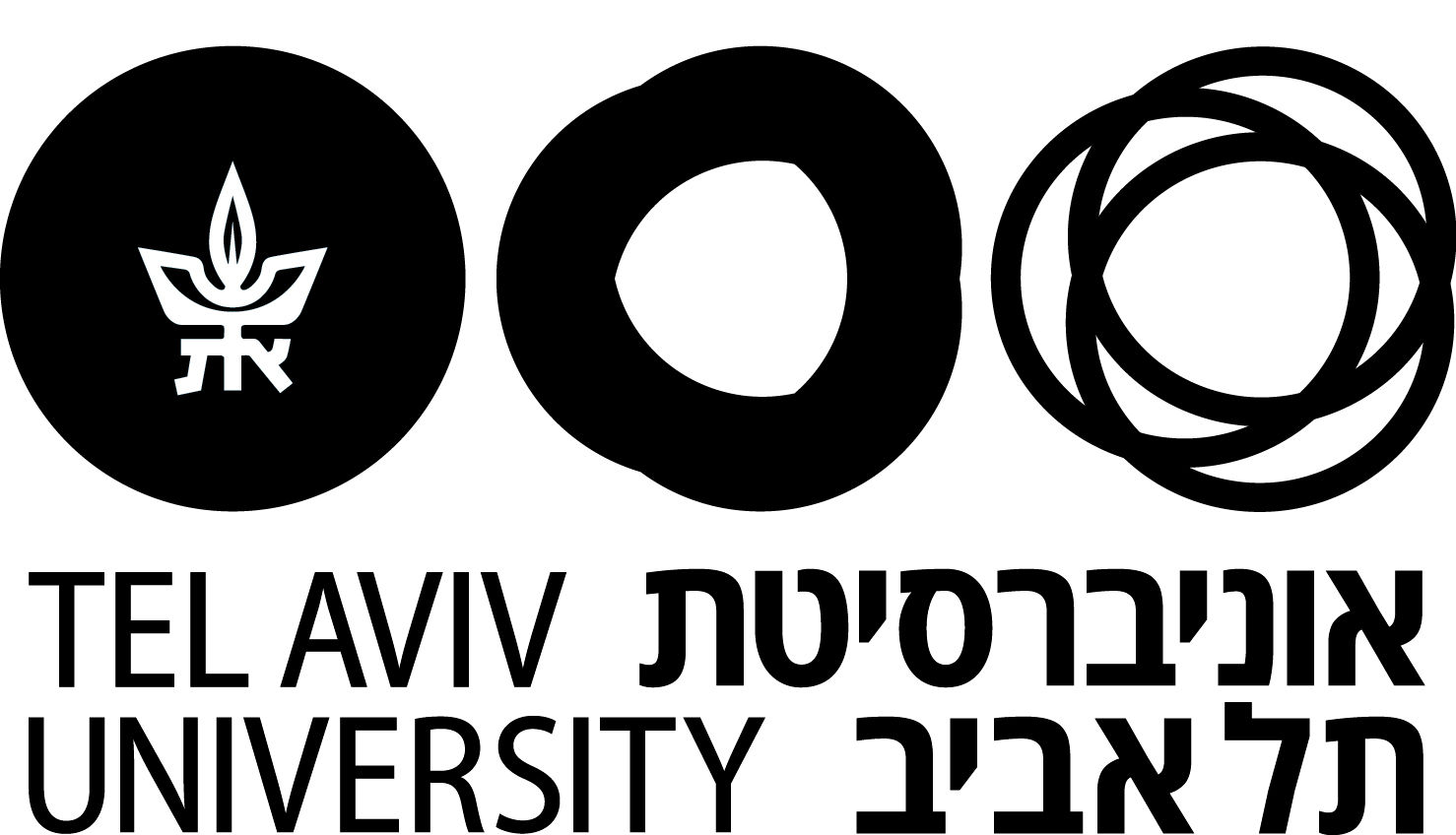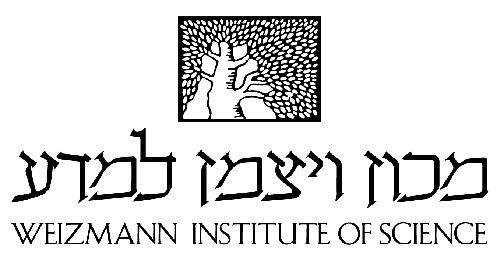预约演示
更新于:2025-05-24
NC-1
更新于:2025-05-24
概要
基本信息
非在研机构- |
权益机构- |
最高研发阶段临床前 |
首次获批日期- |
最高研发阶段(中国)- |
特殊审评- |
结构/序列
分子式C50H58N8O11 |
InChIKeyQSLUWEWRUWTRBT-QQKHLPPFSA-N |
CAS号- |
关联
100 项与 NC-1 相关的临床结果
登录后查看更多信息
100 项与 NC-1 相关的转化医学
登录后查看更多信息
100 项与 NC-1 相关的专利(医药)
登录后查看更多信息
39
项与 NC-1 相关的文献(医药)2025-03-01·POULTRY SCIENCE
Effects of a natural phytogenic feed additive on broiler performance, carcass traits, and gut health under diets with optimal and reduced energy and amino acid density
Article
作者: Al-Garadi, Maged A ; Alhotan, Rashed A ; Hussein, Elsayed O ; Suliman, Gamaleldin M ; Fazea, Esam H ; Qaid, Mohammed M ; Al-Badwi, Mohammed A ; Olarinre, Isiaka O
Phytogenic feed additives are gaining attention as potential alternatives to enhance broiler growth performance and feed efficiency. The experiment investigated the effects of supplementing broiler diets over 35 days with two levels of Fibrafid (0.15 % and 0.25 %) under two dietary regimes: normal amino acid density and metabolizable energy (ME) levels (referred to as positive control diet plus Fibrafid: PC1+0.15 % or PC1+0.25 % Fibrafid) and diets with a 5 % reduction in amino acid density and a 1.5 % reduction in ME (referred to as negative control diet plus Fibrafid: NC1+0.15 % or NC1+0.25 % Fibrafid) on performance parameters and carcass attributes of Ross 308 broilers. These were compared to standard positive control diets (PC1 and PC2, without or with TURBO Grow) and negative control diets (NC1 and NC2, without or with TURBO Grow). Performance indicators were estimated during 0-9, 11-23, 24-35, and 0-35. On day 35, the carcass characteristics and jejunal histopathology were evaluated. Results demonstrated significant improvements in body weight gain and feed conversion ratio (FCR) with Fibrafid inclusion, particularly at 0.25 % over trail. Fibrafid supplementation compensated for reduced dietary energy and protein, leading to improved growth performance, and gizzard and Bursa weights compared to negative control diets. Compared to NC1, the PC1+0.25 % Fibrafid show a significant improvement in jejunal villus morphology, leading to an increase in villus width, height, surface area, and goblet cell density by 5.3 %, 4.8 %, 12.5 %, and 56.7 % respectively. In conclusion, Fibrafid supplementation positively impacts growth performance and intestinal structure, potentially improving nutrient absorption, and jejunal integrity in broilers, proving Fibrafid's promise as a viable option in modern poultry nutrition.
2025-03-01·Animal Bioscience
Phytase and nutrient-energy matrix: a strategic approach to enhancing the performance of broiler chickens fed a corn-soybean meal-based diet
Article
作者: Ha, Sang Hun ; Park, Hye In ; Tajudeen, Habeeb ; Kim, JinSoo ; Silvestre, Priscilla Neves ; Neves Silvestre, Priscilla ; Lokhande, Anushka ; Park, Serin ; Mun, Jun Young ; Kim, Jin Soo ; Ha, Sanghun ; Hosseindoust, Abdolreza ; Ingale, Santosh ; Choi, Pok Su
Objective: This study examined the effects of a nutrient matrix with or without phytase on the performance of broiler chicken.Methods: A total of 2,000 day-old Ross 308 broiler chickens were assigned to 5 dietary treatments, with 10 broilers per replicate and 40 replicates per treatment. The experimental diets included 1. CON: A corn and soybean meal (SBM)-basal diet without phytase. 2, NC1: A corn-SBM-based diet with reduced nutrients, specifically 0.13% less phosphorus, 40 kcal/kg less metabolizable energy (ME), and 0.30% less crude protein (CP), without phytase. 3, NC1+PHYT: NC1+500 FTU/kg phytase. 4, NC2: Another corn-SBM-based diet with greater nutrient reductions, including 0.16% less phosphorus, 55 kcal/kg less ME, and 0.45% less CP, without phytase. 5, NC2+PHYT: NC2+1,000 FTU/kg phytase.Results: In the pre-starter and overall phase, feed conversion ratio (FCR) was higher in NC2 and NC2+PHYT. In the starter phase, body weight gain (BWG) was lower in NC2 and NC2+PHYT. In the grower phases, BWG was lower in NC2, while FCR was higher. At d28, the digestibility of ash was higher in NC1+PHYT, while the digestibility of Ca and phosphorus were higher in NC1+PHYT and NC2+PHYT. At day 42, the digestibility of ash, Ca, and phosphorus were higher in NC1+PHYT and NC2+PHYT. The level of tibia ash was lower in NC2. The level of myo-inositol was lower in NC2 at d28, while the level of myo-inositol at d42 was lower in NC1 and NC2.Conclusion: We concluded NC1+PHYT showed a higher growth performance comparable to CON, as against the lower performance observed in NC2, NC2+PHYT, and NC1.
2024-11-01·INTERNATIONAL JOURNAL OF BIOLOGICAL MACROMOLECULES
Development and characterization of bilayer chitosan/alginate cling film reinforced with essential oil based nanocomposite for red meat preservation
Article
作者: Pandey, Shipra ; Gundabala, Venkat ; Sekar, Hariharan
With a goal to finding suitable alternatives to plastic packaging in the food industry, we developed a multifunctional bio-based active packaging film to enhance the shelf life of red meat. A chitosan/alginate (Chi + Alg) bilayer film was developed through layer-by-layer (LBL) assembly and an active material i.e. lemongrass nanoemulsion with silver nanoparticles-based nanocomposite (NC1) was loaded into the alginate layer to improve the quality of the bio-based film (Chi + Alg + NC1). The Chi + Alg + NC1 film was characterized in terms of its microstructure, mechanical strength, thermal stability, and antimicrobial activity. Scanning electron microscopy (SEM) revealed a film (22.5 ± 1.44 μm thickness) with a smooth and even surface and a cross-sectional structure. The incorporation of NC1 improves the quality of the film by enhancing its mechanical strength and thermal stability. FT-IR spectra showed the successful interaction between chitosan and alginate in the LBL assembly and the incorporation of NC1 in the alginate layer. The red meat preservation test demonstrated that the shelf life improved when the meat was covered with the fabricated bio-based film. The color of the meat was retained for up to 7 days compared to that of the control (Chi alone and Chi + Alg). Additionally, a reduction in the microbial count in the Chi + Alg + NC1 film was observed, corroborating the shelf-life improvement. In addition to its inherent antimicrobial properties, NC1 induced hydrophilic properties to the film, which further aids in its antimicrobial activity against E. coli. These findings suggest that Chi + Alg + NC1 film could be a potent alternative to plastic packaging and can be used as a cling film to prolong the shelf life of red meat.
1
项与 NC-1 相关的新闻(医药)2023-04-27
·生物谷
长期以来,化学疗法一直是以经验性为主的方式发展起来的癌症治疗方案。
长期以来,化学疗法一直是以经验性为主的方式发展起来的癌症治疗方案。人们普遍认为,有效的抗癌方案会引发肿瘤细胞的凋亡,刺激有丝分裂灾难,和/或诱导细胞周期的永久停滞,通常称为“衰老”。不幸的是,肿瘤细胞发展出多种逃避凋亡的策略,主要是通过上调抗凋亡蛋白或下调促凋亡蛋白,使其变得越来越具有治疗耐药性。此外,肿瘤细胞可以逃避有丝分裂抑制剂或衰老诱导药物对其施加的细胞周期阻滞。
最近发现坏死可以以一种受调控的方式发生,并且对潜在分子机制的更精确描述引起了极大的兴趣,因为非凋亡途径可能有助于规避癌症细胞对传统促凋亡治疗方案的耐药性。
图片来源:https://doi.org/10.1038/s41419-023-05740-0
近日,来自上海交通大学的研究者们在Cell Death Dis.杂志上发表了题为“Necrocide 1 mediates necrotic cell death and immunogenic esponse in human cancer cells”的文章,该研究确定了一个先前未表征的信号级联,导致线粒体调节性坏死的免疫原性变体,支持引发调节性坏死可能构成抗癌治疗的有效方法的观点。
许多抗癌药物诱导细胞凋亡、有丝分裂突变或细胞衰老。在此,研究者报道了一种肿瘤坏死因子(TNF)非依赖性坏死的实验诱导剂, NC1的功能特征。NC1(但不是其立体异构体)在体内外以纳摩尔浓度以非凋亡、坏死形态杀死了一组人类癌症细胞(但不是正常细胞)。
胱天蛋白酶阻断剂、抗凋亡BCL2过表达或TNFα中和均未抑制NC1诱导的杀伤,这表明NC1引发了真正的坏死途径。然而,对坏死性死亡、焦亡和铁死亡的药理学或遗传学抑制未能阻断NC1介导的细胞死亡。
相反,NC1引起线粒体产生活性氧(ROS),线粒体DNA的消除、线粒体ROS的猝灭以及环孢菌素A阻断线粒体通透性转变,干扰了NC1诱导的细胞死亡。NC1诱导的免疫原性细胞死亡的特征是引起钙网织蛋白(CALR)暴露、ATP分泌和高迁移率组蛋白1(HMGB1)释放。
NC1是一种有效的体内抗肿瘤药物。
片来源:https://doi.org/10.1038/s41419-023-05740-0
综上所述,NC1在一系列癌症细胞系中诱导坏死细胞死亡,而且NC1在体内诱导人类癌症异种移植物的治疗性坏死。该研究结果支持程序性坏死的诱导可能构成未来抗癌治疗的一种方法。(生物谷 Bioon.com)
参考文献
Jing Zhang et al. Necrocide 1 mediates necrotic cell death and immunogenic esponse in human cancer cells. ell Death Dis. 2023 Apr 5;14(4):238. doi: 10.1038/s41419-023-05740-0.

100 项与 NC-1 相关的药物交易
登录后查看更多信息
研发状态
10 条进展最快的记录, 后查看更多信息
登录
| 适应症 | 最高研发状态 | 国家/地区 | 公司 | 日期 |
|---|---|---|---|---|
| 慢性淋巴细胞白血病 | 临床前 | 以色列 | 2020-05-05 | |
| 髓系白血病 | 临床前 | - | - |
登录后查看更多信息
临床结果
临床结果
适应症
分期
评价
查看全部结果
| 研究 | 分期 | 人群特征 | 评价人数 | 分组 | 结果 | 评价 | 发布日期 |
|---|
No Data | |||||||
登录后查看更多信息
转化医学
使用我们的转化医学数据加速您的研究。
登录
或

药物交易
使用我们的药物交易数据加速您的研究。
登录
或

核心专利
使用我们的核心专利数据促进您的研究。
登录
或

临床分析
紧跟全球注册中心的最新临床试验。
登录
或

批准
利用最新的监管批准信息加速您的研究。
登录
或

特殊审评
只需点击几下即可了解关键药物信息。
登录
或

Eureka LS:
全新生物医药AI Agent 覆盖科研全链路,让突破性发现快人一步
立即开始免费试用!
智慧芽新药情报库是智慧芽专为生命科学人士构建的基于AI的创新药情报平台,助您全方位提升您的研发与决策效率。
立即开始数据试用!
智慧芽新药库数据也通过智慧芽数据服务平台,以API或者数据包形式对外开放,助您更加充分利用智慧芽新药情报信息。
生物序列数据库
生物药研发创新
免费使用
化学结构数据库
小分子化药研发创新
免费使用

